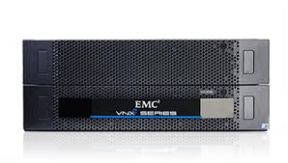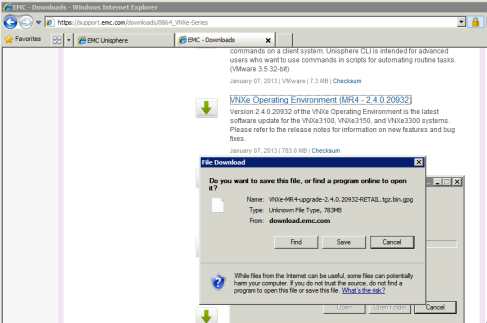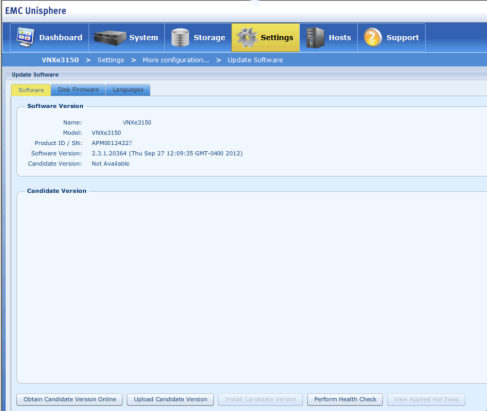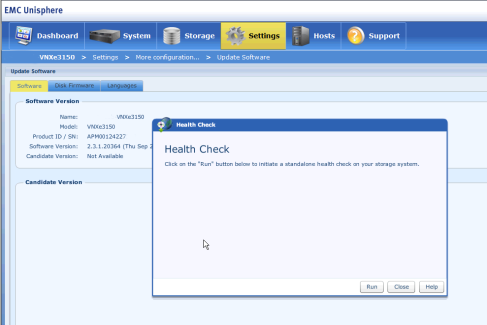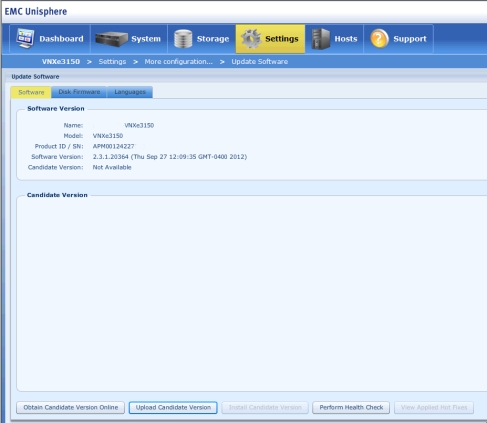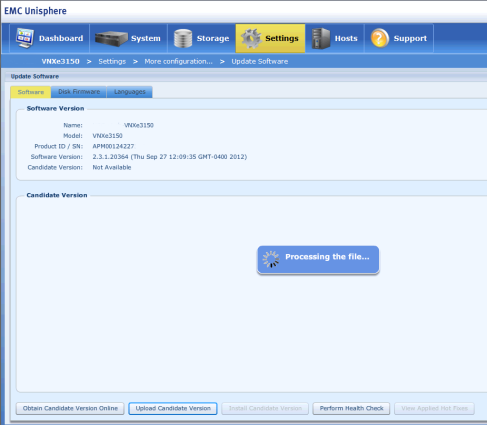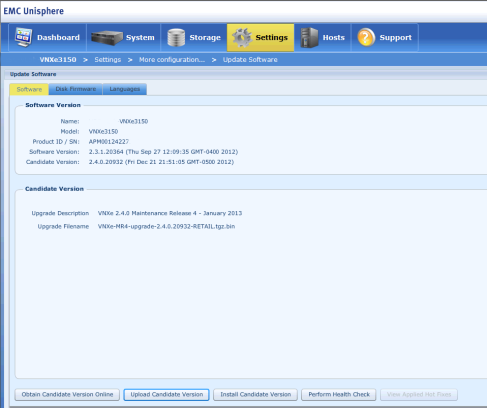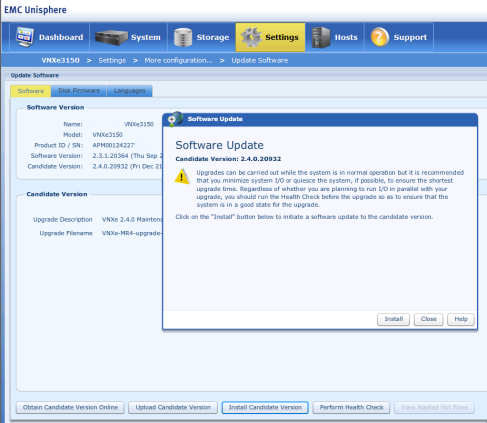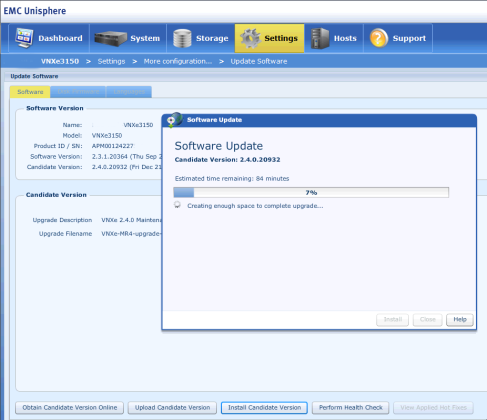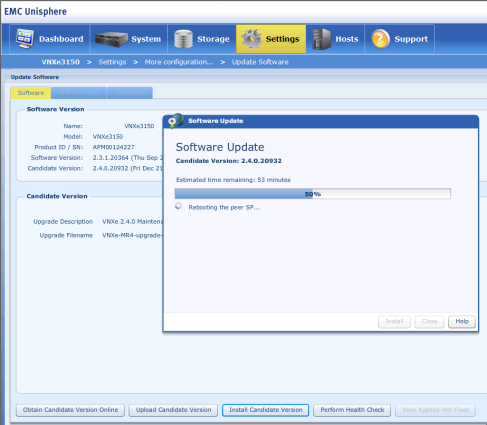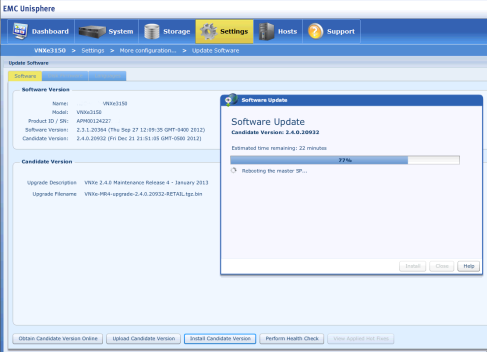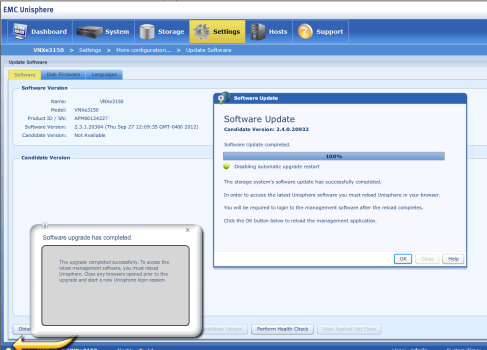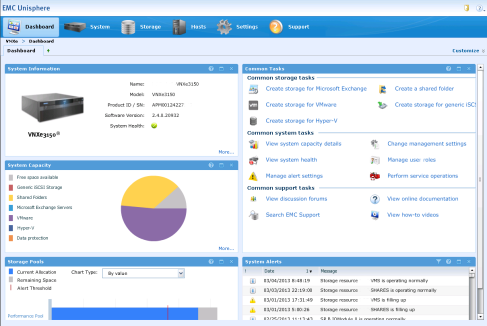VxRail on a specific VLAN:
If you have to use a tagged management VLAN for your VxRail cluster, you must customize the management VLAN directly on each appliance, via the ESXi Command Line Interface, before VxRail is initially configured. Changes are required for two different portgroups on all ESXi hosts. The first portgroup is the ESXi “Management Network”, and the second portgroup is the initial VxRail management network, called “VM Network”. During configuration the “Management Network” is renamed to “MARVIN Management” and a new “Management Network” is created using the details provided in setup through manual entry or via a JSON file, the second portgroup is renamed “vCenter Server Network”.
Login to each of the four nodes via the console interface(DCUI):
Press <F2> and login with root and Passw0rd!
Go to “Troubleshooting Options” and press <Enter>
Go to “Enable ESXi Shell” and pass <Enter> to enable
Press <ESC> to save
Use <ALT-F1> to access the Shell
Login with root and Passw0rd!
Use the following ESXi cli commands:
esxcli network vswitch standard portgroup set -p “Management Network” -v <Your_VLAN_ID>
esxcli network vswitch standard portgroup set -p “VM Network” -v <Your_VLAN_ID>
/etc/init.d/loudmouth restart
Verify the VLAN ID was set with this command
esxcli network vswitch standard port group list
Type ‘exit’ to logout as root and <ALT-F2> to get back to DCUI
If you do not have DHCP on the VLAN you can go into the Management Network and set static IPs for each node…I’m pretty sure we’ve all done this a few times before.
Change initial IP for VxRail Setup:
From a vSphere Thick Client connected to Node1, expand the host to show the VMs and open the console of VxRail Manager.
Login with root and Passsw0rd!
Open Xterm and use the following commands:
systemctl status vmware-marvin
systemctl stop vmware-marvin
ip addr add <your new ip/mask> brd <broadcast> + dev eth0
ip addr del 192.168.10.200/24 brd + dev eth0
ip route add default via <your_gw_ip>
ip link set eth0 down
ip link set eth0 up
ip a
/opt/vmware/share/vami/vami_set_network eth0 STATICV4 <new_IP> <new_subnet mask> <new_gateway>
systemctl restart vmware-marvin
sytemctl restart vmware-loudmouth
systemctl restart network (or wicked, which is the network management daemon)
I initially tried just running the “/opt/vmware/share/vami/…” as that was part of the original VMware EVO:RAIL Setup Guide, however, I was receiving errors from the wicked service that the IP could not be changed. The above steps worked out and did the trick for me.






